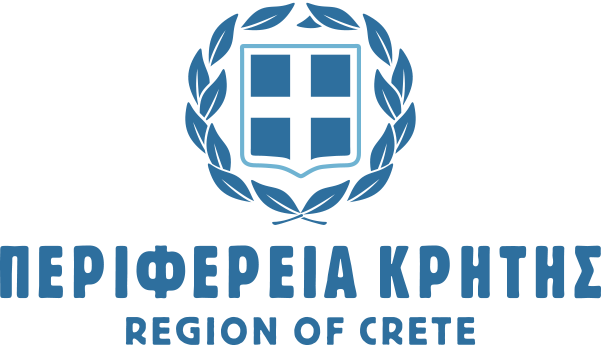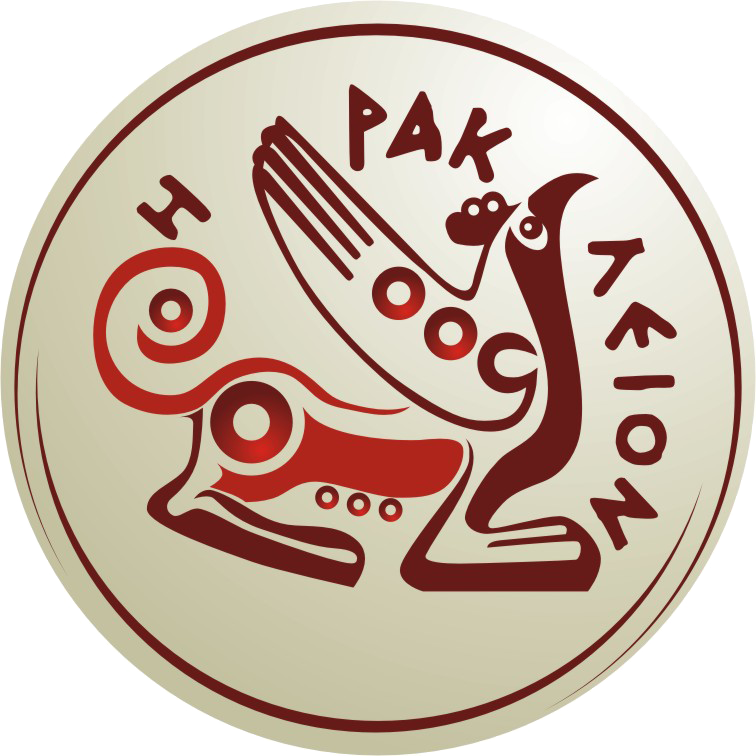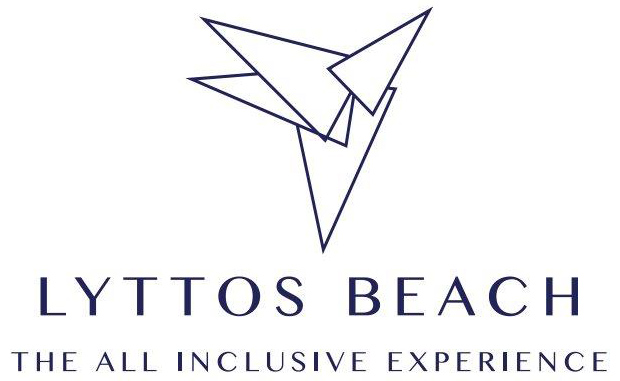About Crete
Heraklion
Heraklion is the largest city and the administrative capital of the island of Crete.
Heraklion was Europe’s fastest growing tourism destination for 2017. According to the ranking, Heraklion was ranked as the 20th most visited region in Europe and as the 66th area on the Planet for the year 2017, with 3.2 million visitors.
Knossos
The palace of Knossos eventually became the ceremonial and political center of the Minoan civilization and culture. The palace was abandoned at some unknown time at the end of the Late Bronze Age, c. 1380–1100 BC; the reason is unknown, but one of the many disasters that befell the palace is generally put forward.
Museum
Spinalonga
Spinalonga is an island located in the Gulf of Elounda in north-eastern Crete, in Lasithi. During Venetian rule, salt was harvested from salt pans around the island. The island has also been used as a leper colony. Spinalonga has appeared in novels, television series, and a short film.
Balos
Agios Nikolaos
Agios Nikolaos was settled in the late Bronze Age by Dorian occupants of Lato, at a time when the security of the Lato hillfort became a lesser concern and easy access to the harbour at Agios Nikolaos became more important.
The name Agios Nikolaos means Saint Nicholas. Its stress lies on the second syllable of the word “Nikolaos”. Agios Nikolaos or Ayios Nikolaos is a common placename in Greece and Cyprus, since Saint Nicholas is the patron saint of sailors and of all of Greece.
Chania
Chania is the site of the Minoan settlement the Greeks called Kydonia, the source of the word quince. Some notable archaeological evidence for the existence of this Minoan city below some parts of today’s Chania was found by excavations in the district of Kasteli in the Old Town. This area appears to have been inhabited since the Neolithic era. The city reemerged after the end of the Minoan period as an important city-state in Classical Greece, one whose domain extended from Chania Bay to the feet of the White Mountains.





